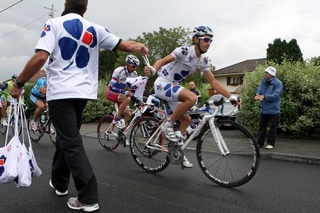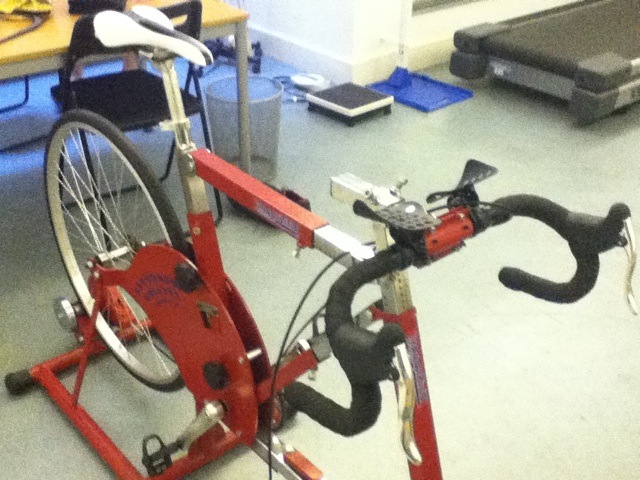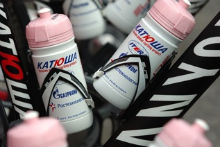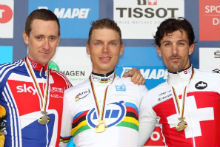Nutrition is a complex subject.
 Correct fueling – understanding the types of nutrients required, and the quantities in which they should be consumed – will improve performance, but can seem baffling to the layman.
Correct fueling – understanding the types of nutrients required, and the quantities in which they should be consumed – will improve performance, but can seem baffling to the layman.
We caught up with Chris Hole, coach to triathlete Jane Leslie in her British and European championship winning season, and lead tutor at the Training Room’s Bristol trainer academy, who gave us five top tips.
1) Carbs are king
The importance of carbohydrate as a fuel source for the cyclist is almost universally recognised. Chris recommends a carb intake of between 60 and 70 per cent per meal.
Less well known, however, is the importance of carbohydrate as a source of fibre. “On a multi-day event, the digestive system is neglected because the blood is going to the working muscles,” says Chris.
Potatoes, pasta, and rice are common sources of carbohydrate but Chris is a fan of buckwheat and quinoa, often served with avocado for protein.
2) Good fats are no bad thing
Fats are an energy source, and essential fats – those the body can’t make itself – must come from your diet.
“Fats work with proteins and synthesise them. If you went on a low fat diet, you wouldn’t be using your protein sources as efficiently as possible,” says Chris.
Additionally, he points out, cells have a fatty outer coating, and removing fat from the diet risks compromising their structure.
“Fats line the nerves and help muscle contraction, which is what a cyclist needs. Nervous transmission aids muscle contraction.”
3) Four-hour window
After your ride, a four-hour window opens in which the body works at its hardest to replace glycogen stores depleted by your efforts in the saddle.
“Within the first two hours, the body is working at three-times the normal rate of replenishment. After those two hours, it drops to 50 per cent,” says Chris.
How to make the most of this window? Chris recommends consuming 200 calories per hour, equivalent to 50 grams of porridge every sixty minutes. Small meals are easier to digest, but the principle holds: two larger meals, of 400 calories each, will also provide adequate replenishment.
Your calorie source should come predominantly from carbohydrates. Chris recommends one to 1.5 grams of carbohydrate, per kilo of body weight, each hour.
4) Salt water
When the body sweats, it not only loses fluid, but vital salts as well. While sodium is available in tablet form, Chris is a fan of whole foods, which here means high quality salts like Himalayan rock salt, Celtic sea salt, Hawaiian deep sea salt, or salts from Utah’s Great Lakes.
“These will give you an unprocessed, natural salt. If you were to put it in water, it would remain suspended and dissolve. If a salt sits at the bottom and doesn’t dissolve, it’s a poor salt,” says Chris.
Two important facts to note:
– Just two to three crystals of salt (200 to 300 micro grams) are required per litre of water
– Chris does not advocate the use of table salts!
5) Jam packed
If you want to avoid troughs, avoid highs. This means leaving the lid on the jam jar if you’re having a pre-ride slice of toast. “Watch the jam,” warns Chris, “It’s a simple sugar.”
“If you get a blood sugar peak, you’ll get a trough,” he adds. “Simple sugars tend to spike blood sugar levels, which trigger a release of insulin, which then pulls glucose or glycogen from the blood, which will impair performance.”





